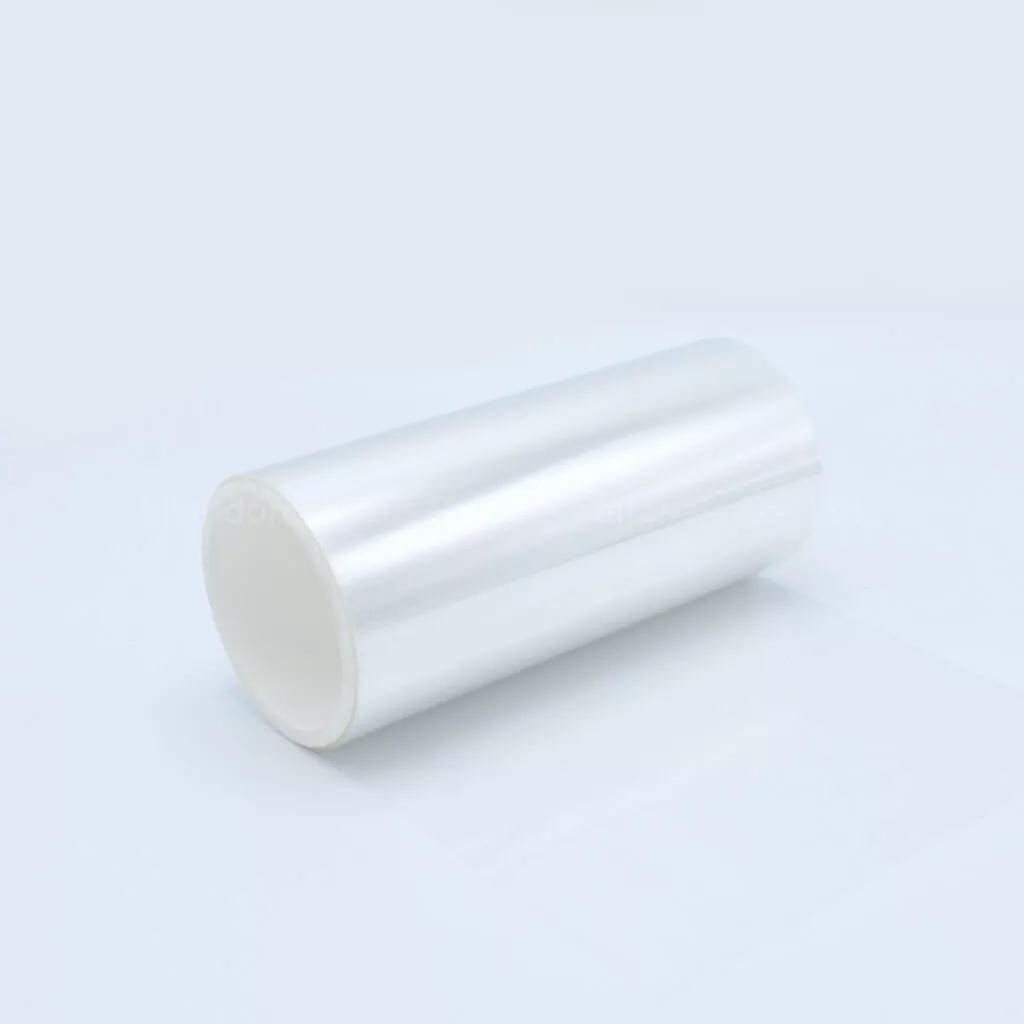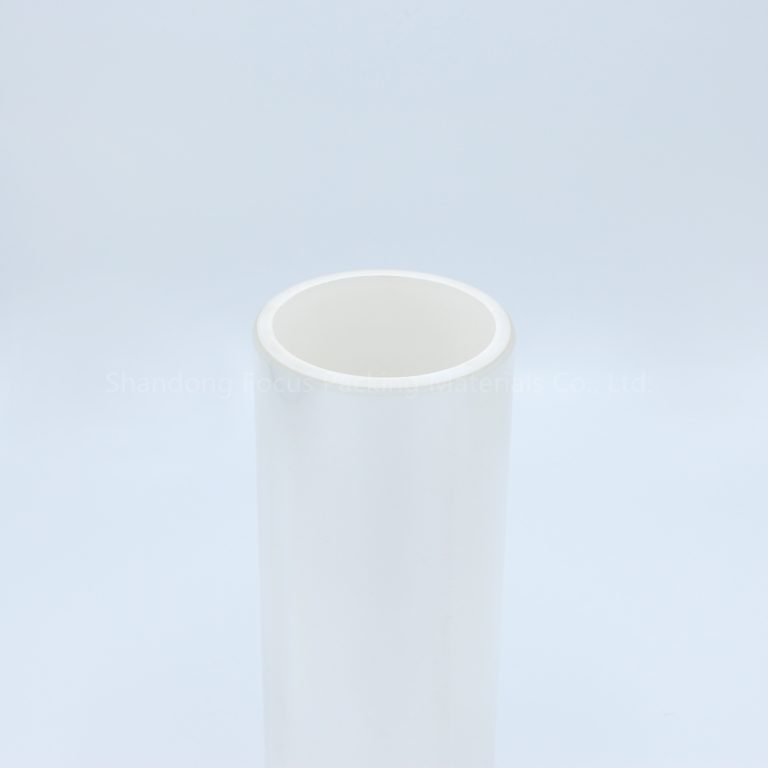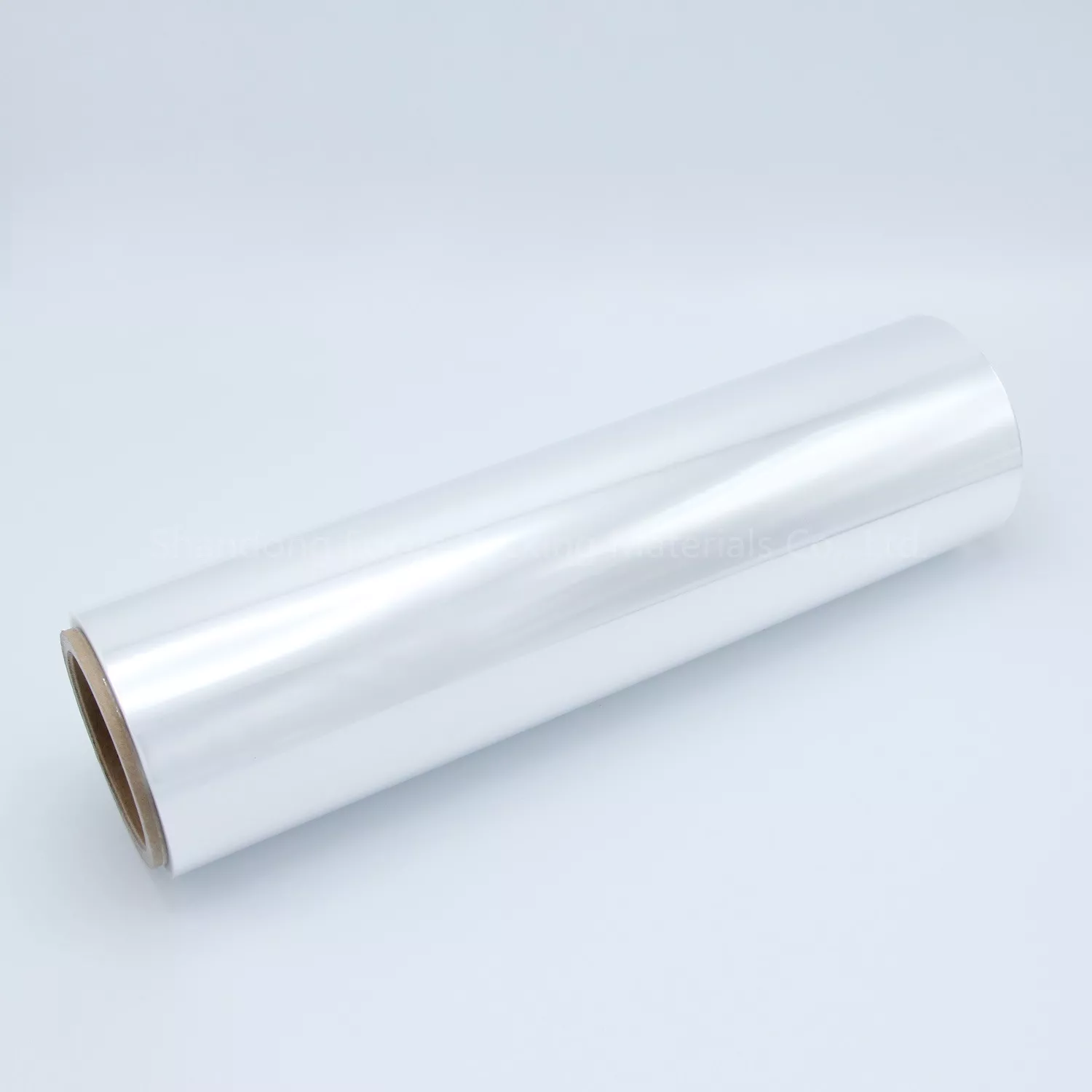Previously, people always believed that PP and PVC could not be blended, so there were few research reports in this area. However, with the development of polymer materials science, it has been recognized that polymers with significantly different compatibility can be prepared into high-performance blends through specific blending techniques, and their respective characteristics can be highlighted, thus receiving high attention from people.
PP and PVC are two resins with different polarities, and their blends have high interfacial tension and low interfacial adhesion, so compatibilizers must be used. MPP can serve as a compatibilizer for PP/PVC blends and improve the physical, mechanical, and processing properties of the blends. It is also an effective compatibilizer for recycling waste PP and PVC. When the melt temperature of the twin-screw extruder is controlled at 180-185 ℃, PP/PVC blends can be extruded and pelletized with good performance.
Hyperbranched polymers (HBP) are a class of highly branched macromolecules with a three-dimensional quasi spherical structure. Due to their unique physical and chemical properties such as low melt viscosity, good solubility, and a large number of terminal active groups, they can be used to increase the compatibility of PP/PVC blends. The carboxyl group of MAH in PP-g-MAH reacted with the terminal hydroxyl group of hyperbranched poly (amide ester) to obtain PP grafted hyperbranched poly (amide ester) (PP-HBP). PP-HBP was used to enhance the mechanical properties and compatibility of PP/PVC blends.
Adding PP-HBP to PP/PVC blends increases the tensile strength. When PP-HBP reaches 5 parts, the tensile strength reaches a maximum value, which is 18.0% higher than the tensile strength without PP-HBP compatibilizer. This indicates that the addition of PP-HBP does indeed act as a compatibilizer for the blend, and a small amount of PP-HBP can significantly improve the compatibility of the blend and enhance its mechanical properties. Due to the interaction between the amide and ester groups in HBP and the methylene chloride atoms on the PVC chain segment, weak hydrogen bonds are formed, resulting in an increase in the tensile strength of samples B and C. However, when the dosage of PP-HBP exceeds 5 parts, the tensile strength actually decreases. This is due to the poor mechanical properties of HBP in PP-HBP, which causes the tensile strength to begin to decrease after reaching its maximum value.
Adding PP-HBP to PP/PVC resulted in little change in notch impact strength, but the maximum value was also observed when 5 parts of PP-HBP were added. In the PP/PVC blend system without PP-HBP added, the PVC dispersed phase particles are large and uneven, and the interfacial contact area between the two phases is relatively small. This indicates poor compatibility between PP and PVC, weak interfacial bonding, and difficulty in uniformly dispersing PVC in the PP matrix, resulting in larger dispersed phase sizes. In the PP/PVC blend system with 2 parts of PP-HBP added, the size of the PVC dispersed phase decreased and the number of particles increased accordingly, indicating that the compatibility between PP and PVC has been enhanced to some extent, and the tensile strength has also increased accordingly. In the PP/PVC blend system with 5 parts of PP-HBP added, further reduction and increase in PVC particles were observed, and some layered structures appeared, indicating further improvement in interfacial bonding strength. In the PP/PVC blend system with 10 parts of PP-HBP added, the size of PVC dispersed phase particles significantly decreased, and some layered morphology structures disappeared, and were uniformly dispersed in the PP matrix, showing a good interfacial state, indicating that PP-HBP can effectively improve the compatibility of PP/PVC.
When 1 part of HBP is added to PP/PVC/PP-g (St co MMA) blend (mass ratio 80:20:6), the compatibility of the blend system can be effectively improved, resulting in the maximum tensile strength of the blend and a lower apparent viscosity of the melt. This indicates that the addition of HBP to the blend system can enhance the mechanical properties of the blend system through synergistic compatibilization effect.








